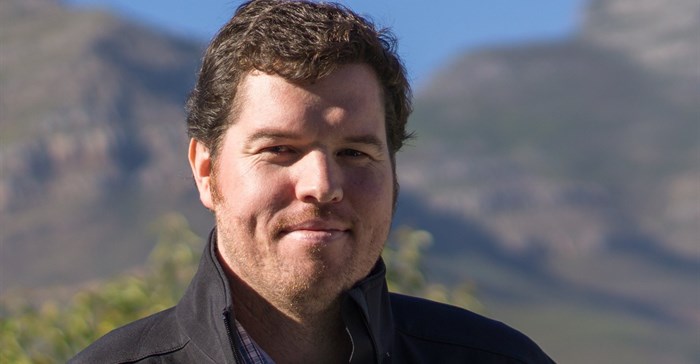The irreversible momentum achieved by the industry now points to renewable energy and gas as the preferred future for energy supply in South Africa.
The energy space in South Africa is changing rapidly. Its dynamism has been internationally acclaimed – ratings agency Moody’s lauded SA as the globe’s fastest growing green economy in 2015 and, in the same year, a Bloomberg report counted the country among the top-10 renewable energy (RE) investment destinations in the world, says Mike Mulcahy, CEO of GreenCape.
Foreign direct investment
Since 2011, the RE industry has procured approximately R194bn infrastructure investment, all with private money. According to industry sources approximately 30% of all FDI in the country during the past four years can be ascribed to the RE industry.
This investment is creating many jobs and significant new manufacturing capability (in response to the requirement for at least 45% local content by each RE project, including key components and balance of plant) – a massive injection into the economy that is being achieved cost effectively. Over this period, the cost of wind power in South Africa has steadily lowered to approximately 40% below the cost of new coal power at Medupi. For solar PV that figure is now almost as low.
Rapid advances in technology development and strong global competition has seen prices for both solar PV and wind technologies continue to fall even below what we had seen in South Africa thus far. P
Anton Eberhard, professor at UCT’s Graduate School of Business, confirms “our cheapest sources of power are now wind and solar energy. The department of energy has awarded long-term, fixed-price contracts for wind energy as low as 57c/kWh, far below Eskom’s average cost of supply.”
Meeting 82% of SA's needs
The latest Council for Scientific and Industrial Research (CSIR) modelling shows that high penetrations of RE are technically possible immediately and, if combined with "flexible" technologies such as gas, can overcome concerns related to the variability of RE output when the sun sets and/or the wind stops blowing.
Leading energy scientist, Dr Tobias Bischof-Niemz says this is irreversibly altering conventional energy operating models. His modelling shows that gas and renewables could supply 82% of South Africa’s needs, and yield the cheapest systems cost for electricity generation. This sentiment is echoed by Eberhard, who states that using “RE combined with gas power can offer reliable base load supply at 90 cents/kWh for the blended mix of 89% renewables and 11% flexible power.”
Although coal still provides approximately three-quarters of SA’s energy, government planning foresees the inclusion of a significant share of RE and gas into the electricity mix by 2030. Current resource planning and procurement plans project the country’s RE capacity increasing to around 17,8GW by 2030 and 3,1GW of gas-fired power generation procured as part of the IPPP. To put these contributions in perspective, neither of these energy sources contributed anything to South Africa’s electricity mix a mere five years ago.






































